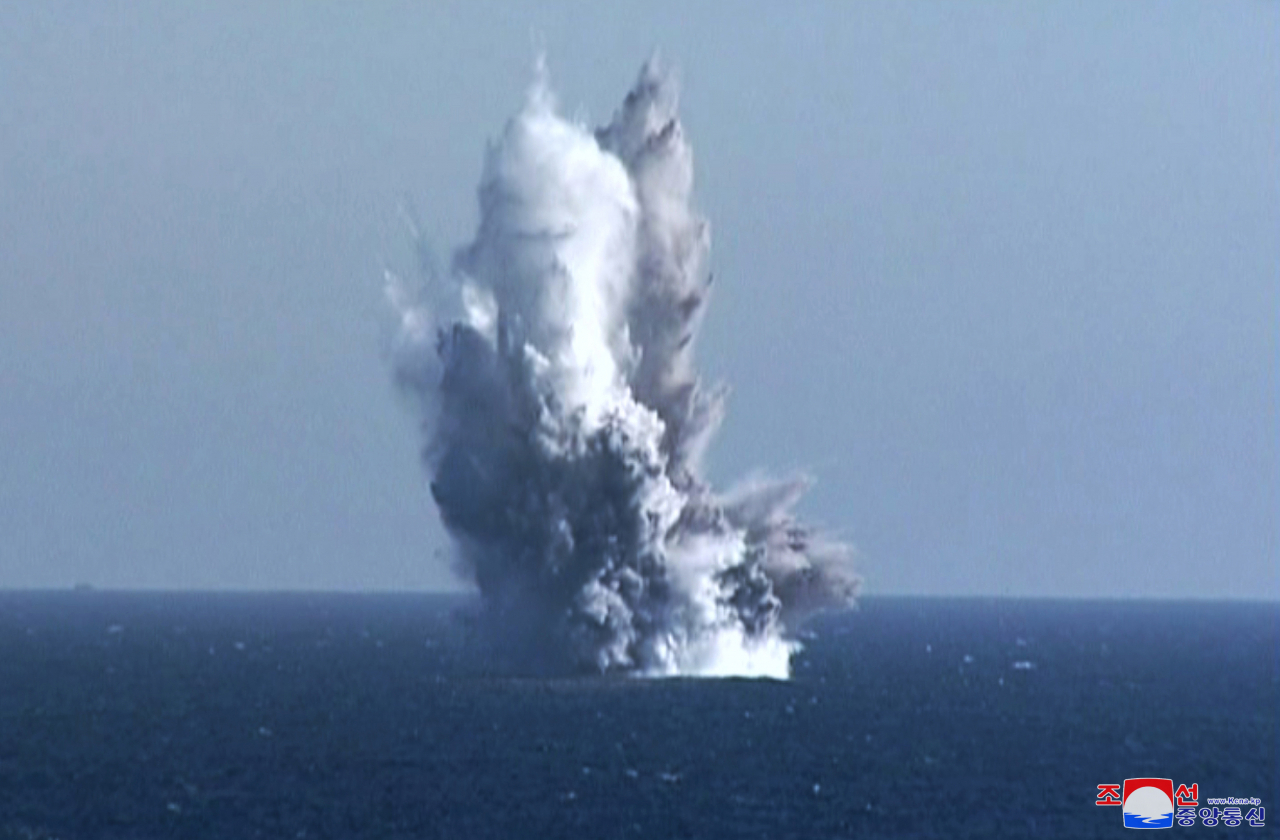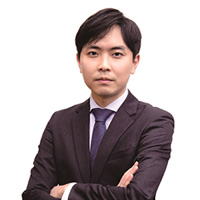N. Korea tests undersea drone in latest nuclear drills
By Choi Si-youngPublished : March 24, 2023 - 15:28

North Korea tested a new underwater drone capable of nuclear attacks on South Korea and its biggest ally, the United States, in its latest drills in response to the two allies’ resumption of their annual military exercises this month after a five-year hiatus failed to bring the North back to nuclear talks.
The North’s state-run Korean Central News Agency said Friday that leader Kim Jong-un oversaw the three-day drills that began Tuesday, which Kim said should make Seoul and Washington realize they have more to lose from their field maneuvers. Pyongyang labels the joint efforts a “rehearsal for invasion,” though the allies call them a “test for readiness.”
“The drone, which had cruised for about 59 hours since Tuesday, was detonated in waters off the east coast Thursday,” the KCNA said, describing the weapon as capable of sneak attacks that leave behind a “radioactive tsunami.” The drone system is fully operational, according to the KCNA.
The nuclear drills, the KCNA confirmed, also included Wednesday’s firings of four cruise missiles, each carrying a mock nuclear warhead and traveling 1,500 and 1,800 kilometers, respectively. The detonations were set off for 600 meters above the ground, a demonstration that reaffirmed the reliability of all the devices meant to deliver nuclear strikes, the KCNA added.
North Korea’s “unprecedented efforts to bolster its nuclear capabilities” were largely expected amid the Seoul-Washington drills, said Lim Eul-chul, a professor at Kyungnam University’s Institute for Far Eastern Studies in Seoul.
“The undersea drone marks the beginning, not an end, of North Korea’s push to reveal newer strategic weapons and turn up the pressure,” Lim noted, saying skirmishes or a spillover from them could take place at any time given the higher inter-Korean tensions. “There isn’t much we can do right now,” Lim added.
It is still unclear how far along North Korea is with developing miniaturized nuclear warheads mounted on small weapons for more fatal blows.
Kim Dong-yub, a professor of military and security studies at the University of North Korean Studies in Seoul, said “South Korea can no longer just downplay what North Korea claims it has achieved,” referring to the fact that Pyongyang has now publicly carried out launches testing an undersea drone and cruise missiles with “nuclear warheads atop them.”
Meanwhile, President Yoon Suk Yeol warned Friday that North Korea would pay a price for reckless provocations, though the South Korean leader left out any details of what that would involve.
“Our soldiers -- the Navy and Marine Corps -- have defended the motherland after repeated clashes with North Korea,” Yoon said at a memorial service annually held to honor the sacrifices of 55 South Korean service members, who were all killed in the line duty during clashes over the inter-Korean maritime border in the West Sea from 2002 to 2010.
A stronger three-way military coalition of South Korea, the US and Japan will check North Korea, Yoon noted. Cooperation among the three countries working to disarm Pyongyang has improved recently as Seoul and Tokyo this month came to terms with putting behind their longtime historical dispute over wartime forced laborers.
On Friday, South Korea’s military put in orders for what it said “small drones” commensurate with the North Korean ones that last year crossed into South Korea, an incident that prompted Seoul to scramble fighter jets to shoot them down. In January, a North Korean drone briefly entered into the no-fly zone surrounding Yoon’s office in Yongsan, central Seoul, sparking criticism over the security breach.









![[Kim Seong-kon] Democracy and the future of South Korea](http://res.heraldm.com/phpwas/restmb_idxmake.php?idx=644&simg=/content/image/2024/04/16/20240416050802_0.jpg&u=)








![[KH Explains] Hyundai's full hybrid edge to pay off amid slow transition to pure EVs](http://res.heraldm.com/phpwas/restmb_idxmake.php?idx=652&simg=/content/image/2024/04/18/20240418050645_0.jpg&u=20240418181020)

![[Today’s K-pop] Zico drops snippet of collaboration with Jennie](http://res.heraldm.com/phpwas/restmb_idxmake.php?idx=642&simg=/content/image/2024/04/18/20240418050702_0.jpg&u=)